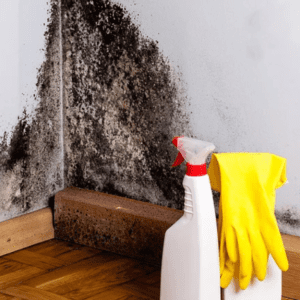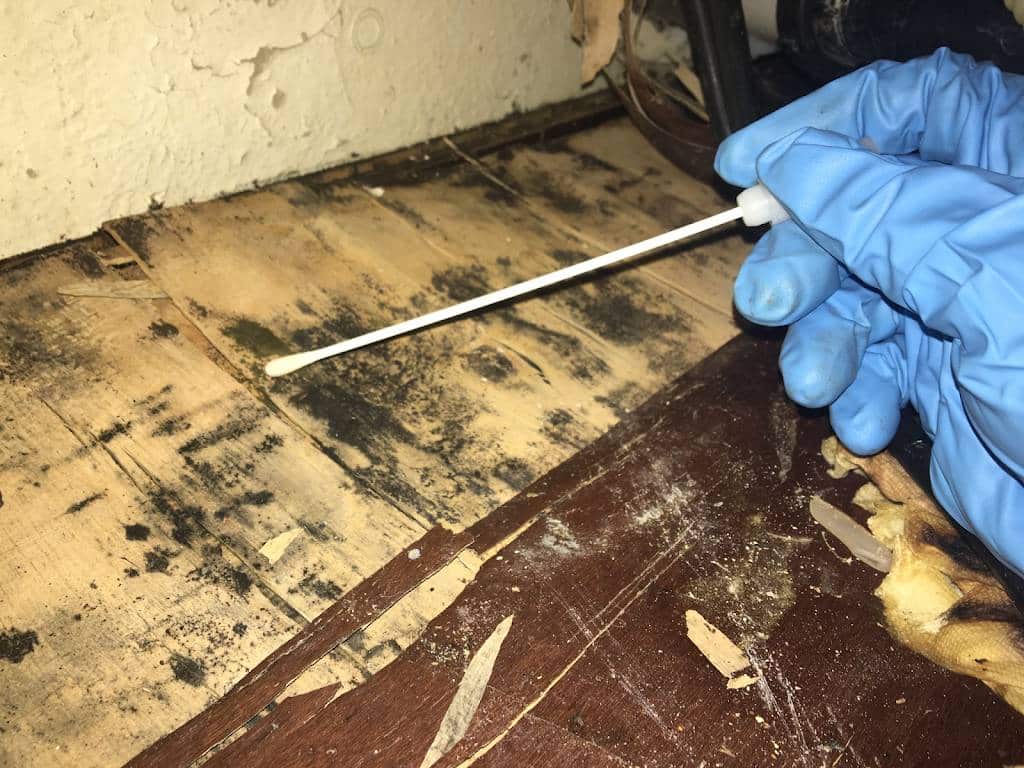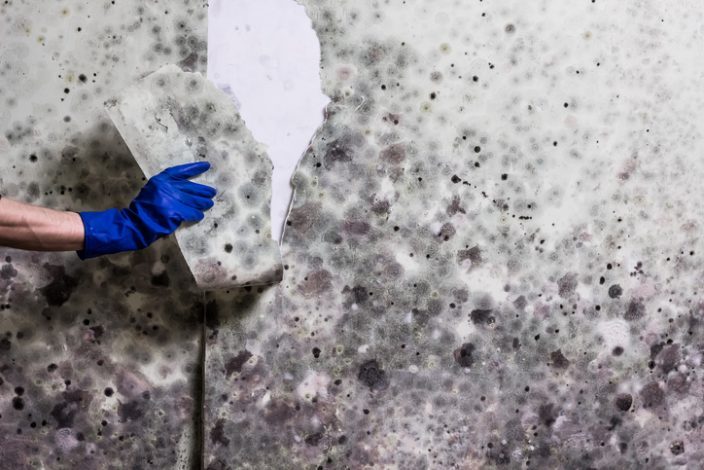Guidance on What to Do After Mold Remediation
Guidance on What to Do After Mold Remediation
Blog Article
Your Ultimate Guide to Article Mold And Mildew Remediation Techniques
In the results of mold infestation, recognizing how to successfully get rid of the mold and avoid its reoccurrence is vital for keeping a healthy and balanced indoor setting. From choosing the ideal cleaning and disinfecting approaches to implementing approaches for long-lasting mold and mildew avoidance, each action in the remediation journey plays a vital role in making sure a successful end result.
Comprehending Post-Mold Remediation Refine
After completing the mold removal process, it is crucial to understand the post-mold removal methods that are essential to ensure a thorough and reliable cleaning. Once the mold and mildew has been eliminated, the following step includes cleaning and sanitizing the influenced areas to prevent any regrowth of mold and mildew.
Furthermore, carrying out a final examination post-remediation is essential to make certain that all mold has been efficiently removed. This inspection must involve a thorough aesthetic check along with possibly air sampling to confirm the absence of mold spores airborne. Added remediation might be needed if the assessment reveals any sticking around mold. Lastly, informing owners on safety nets such as managing wetness degrees and promptly resolving any kind of water leaks can assist keep a mold-free environment.
Reliable Cleaning Up and Sanitizing Techniques

Avoiding Future Mold Growth

Value of Correct Air Flow
Proper air flow plays a vital role in stopping dampness build-up, a key consider mold growth within interior environments. Effective ventilation systems help eliminate excess humidity from the air, decreasing the opportunities of mold and mildew spores locating the wetness they need to spread and germinate. Without adequate ventilation, interior rooms can become a reproduction ground for mold and mildew, causing prospective health and wellness dangers and structural damages.
By making certain appropriate air circulation, air flow systems can additionally assist in drying out moist areas much more rapidly after water damage or flooding occurrences, even more discouraging mold and mildew development. After mold remediation. In spaces like washrooms, attic rooms, cooking areas, and cellars where wetness degrees have a tendency to be higher, setting up and keeping effective ventilation systems is important in stopping mold infestations

Monitoring and Upkeep Tips
Provided the essential role that appropriate air flow plays in preventing mold and mildew development, it is essential to establish efficient monitoring and maintenance ideas to ensure the ongoing performance of air flow systems. Routine assessments of ventilation systems need to be conducted to look for any kind of signs of clogs, leakages, or malfunctions that could hamper correct air flow. Tracking moisture levels within the residential property is additionally important, as high the original source humidity can add to mold growth. Installing a hygrometer can aid track humidity levels and alert home owners to any spikes that might need attention. Additionally, guaranteeing that air filters are routinely cleaned up or changed is essential for maintaining the efficiency of the ventilation system. Implementing a timetable for regular maintenance tasks, such as duct cleaning and cooling and heating system examinations, can aid protect against issues before they intensify. By remaining conscientious and aggressive to the condition of ventilation systems, building proprietors can effectively reduce the danger of mold and mildew regrowth and maintain a healthy interior atmosphere.
Verdict
In conclusion, post-mold remediation strategies are essential for ensuring a risk-free and tidy environment. Comprehending the procedure, executing effective cleaning and sanitizing methods, preventing future mold and mildew development, maintaining correct air flow, and routine surveillance are all critical steps in the removal process. By adhering to these guidelines, you can successfully remove mold and mildew and avoid its return, promoting a healthy living or working area for all occupants.
In the consequences of mold invasion, understanding just how to effectively remove the mold and you can look here mildew and prevent its reoccurrence is extremely important for maintaining a healthy and balanced indoor setting. When the mold has actually been eliminated, the next step entails cleansing and disinfecting the affected locations to protect against any type of regrowth of mold - Post Mold Remediation Report. After getting rid of noticeable mold development, it is crucial to clean up all surface areas in the afflicted area to eliminate any continuing to be mold and mildew spores. To even more enhance mold avoidance steps, it is necessary to attend to underlying problems that originally led to mold development.Given the critical duty that appropriate air flow plays in avoiding mold and mildew development, it is important to develop reliable surveillance and maintenance tips to guarantee the ongoing capability of ventilation systems
Report this page